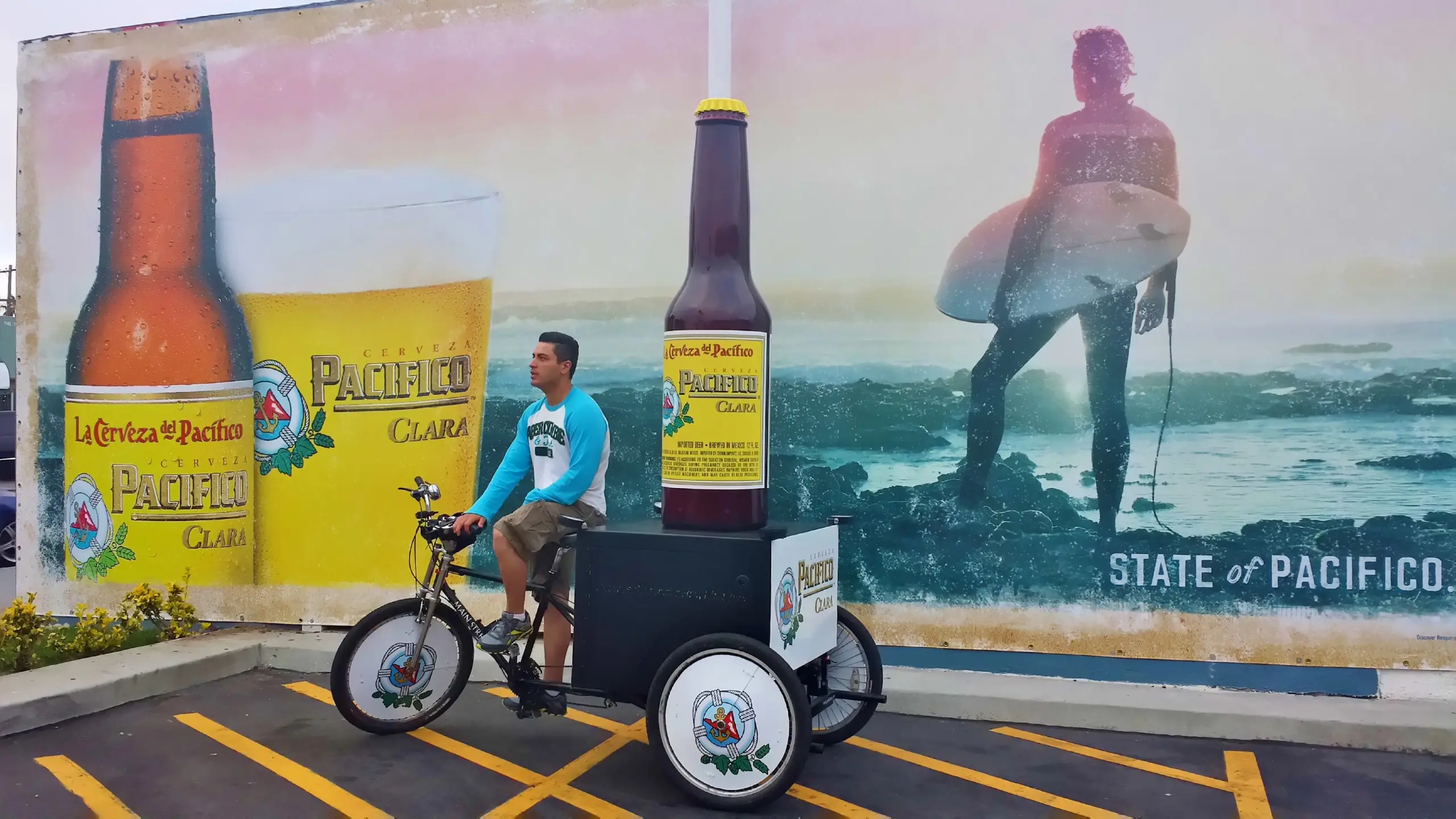Colombian Government Spends Money to Talk to FARC Rebels
Advertising Age, a leading trade in the advertising industry, published a story on its front page during the week of 16 November about an established ad campaign with a non-traditional target audience: members of the FARC.
The campaign, sponsored by the Colombian Ministry of Defense and created pro bono by the Bogotá branch of a leading global agency, is aimed at current FARC guerillas with the intention of persuading them to give up their arms and turn themselves in.
The campaign is running at a time when fence-sitting FARC rebels may be more likely to be persuaded. Over the past two years, the FARC have experienced major setbacks, including the deaths of their founder and number two in command, the well-publicized liberation of high-profile hostages such as Ingrid Betancourt and three American contractors, the defection of thousands of their ranks, including the high-profile defection for 1 billion Colombian Pesos of Wilson Bueno Largo, aka “Isaza” in December 2008. The Colombian Military says the FARC “are at the worst moment in their history”.
The media strategy focuses on pamphlets in towns and villages where the FARC has a presence and a TV spot that runs during soccer games, which, according to insights from the agency based on weeks of research and in-depth interviews with former rebels, are frequently watched by FARC soldiers.
According to the article, the Ministry of Defense recognizes that because the majority of viewers of the game are not members of the FARC, the “advertising is also letting the country understand that we are winning this war.”
In spite of significant gains, the war remains very real. The FARC still operate in many areas in Colombia (as well as reports of having up to 12 bases in Ecuador and in Venezuela), and their ability to wage war against the state, while weakened, is still powerful in certain pockets of the country. As recently as the week of 9 November, a major FARC attack in Corinto, Cauca Department, resulted in the deployment of 2,500 Colombian troops to shore up security in the area. On 21 November 2009, the FARC hijacked a bus traveling along the Cali-Tumaco highway, burning it along with many passengers trapped inside.
No amount of advertising can compete with such negative headlines – many of which speak about FARC ambushes, FARC presence abroad, FARC activities in domestic and international drug trafficking, and other illicit activities that demonstrate the group still has the ability to disrupt. These negative headlines reinforce the opposite message intended by the campaign: that the group, although weakened, is still in many ways active.
Nor is there any way of guaranteeing that the target audience in question will be receptive to the messaging, especially given the origin of the message: the Colombian state. The problem is that members of the FARC have sworn to battle the Colombian state. Thus the messaging may only work on those most disillusioned with the FARC’s plight. Yet propaganda and strategic communications from the opposition is nothing new, and the campaign’s voice – that of defected FARC soldiers, may lend further credibility to the source, which is inherently not a very trusted one among the target audience.
Whether it requires a TV spot to push these men and women to defect is impossible to determine, but at the very least, the spot helps create awareness about a situation that the guerrillas may not be thinking about when they are tuned into the match. Additionally, it speaks to the Colombian government’s willingness to adopt creative approaches to continue its battle against the FARC.
Panamanian Government Spends Money to Promote Itself
There are times when public expenditures on advertising are harder to justify.
Prensa, Panama’s leading daily, reported on 11 November 2009 the current administration’s US$2.2 million expenditure on the creation and implementation of advertising aimed at promoting certain new initiatives of Panamanian President Ricardo Martinelli during the first quarter of his presidency. The money has been spent on a number of campaigns, (such as “Elige Tu Vida – to discourage gang involvement, and 100 a los 70, which gives $100 dollars to people over the age of 70 without retirement benefits.
Prensa attacked the expense on its front page editorial section, saying that the amount is enough to build 27 “dignified schools” throughout the country. Though there is no denying the merit behind the ideas (particularly “Elige Tu Vida”, which is meant to attack juvenile delinquency in Panama), they raise the broader issue of justifying public expenditure to push through a specific political agenda, especially when the ability to prove their effectiveness is severely limited and not everyone supports the initiatives.
Perhaps what is most interesting is that it is not the amount of money in question ($2.2 million, a nominal figure in terms of Panama’s GDP), but rather the Panamanian press’s anger that the money is being used on something that is not considered a public necessity.
Future governments may take this lesson to heart – that it is not always the amount of money being spent, but how and on what it is being spent that matters. Ironically, the bad publicity for a government resulting from spending money to promote their interests may negate any progress gained by the campaign itself.

Reply